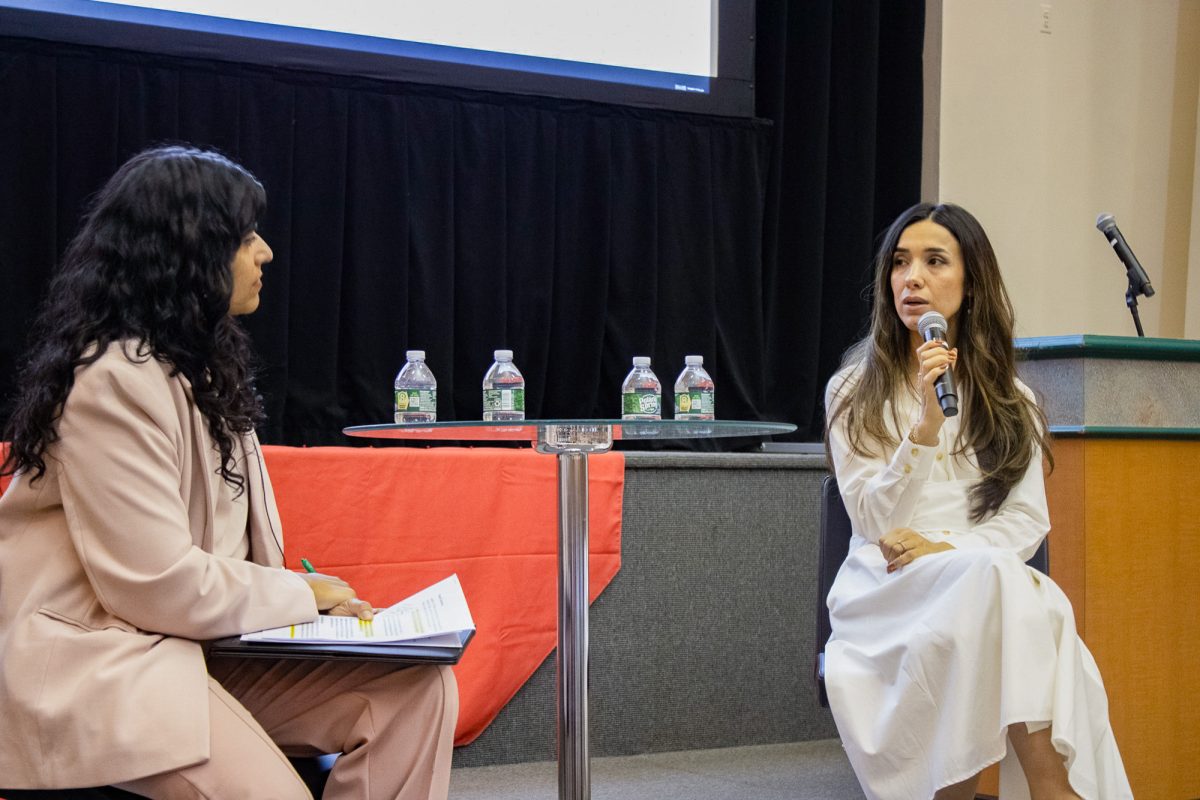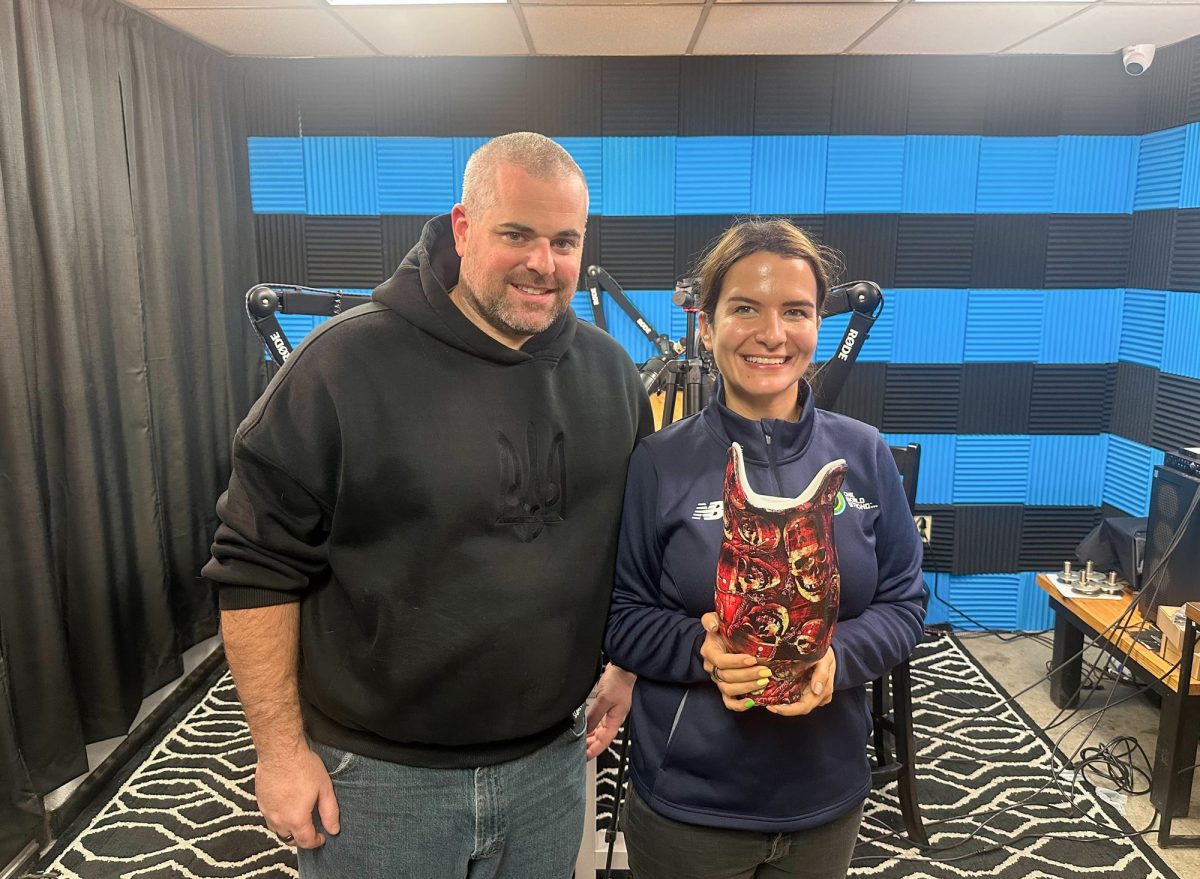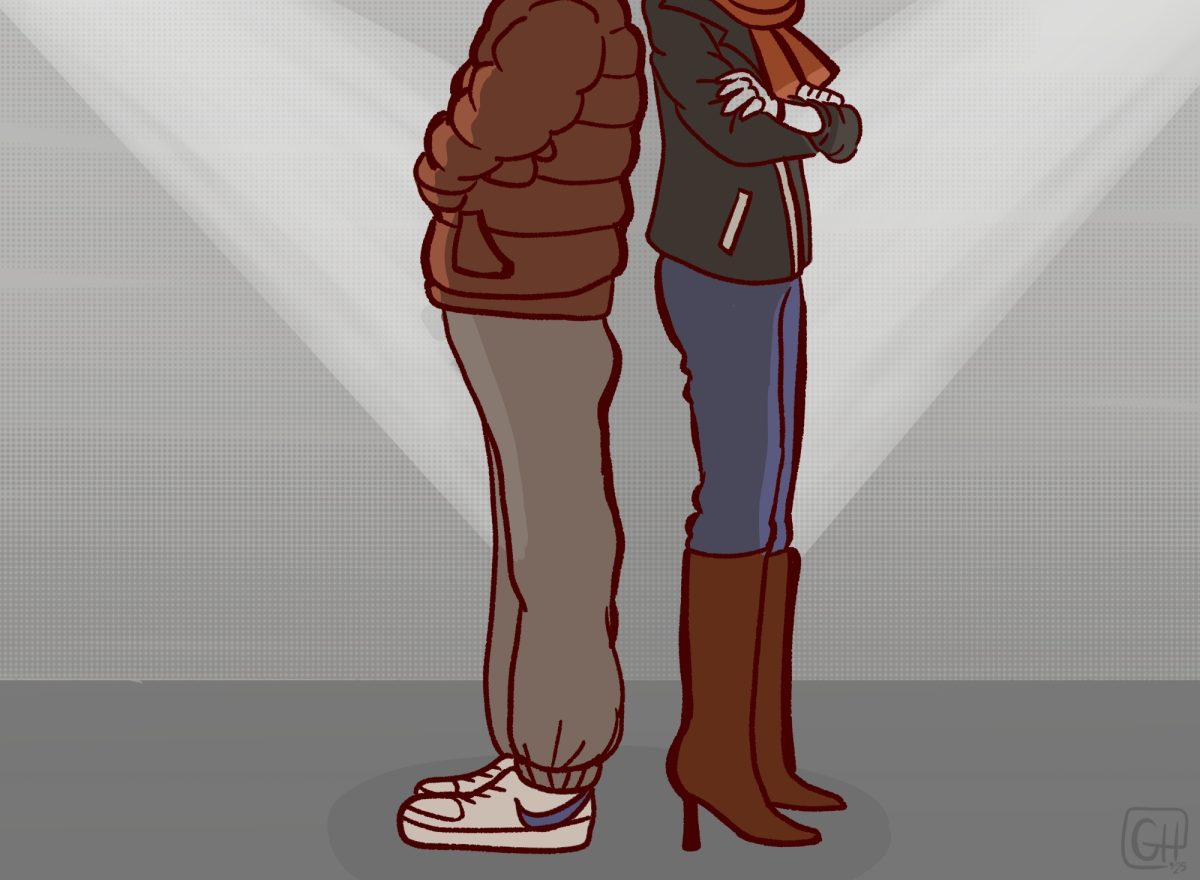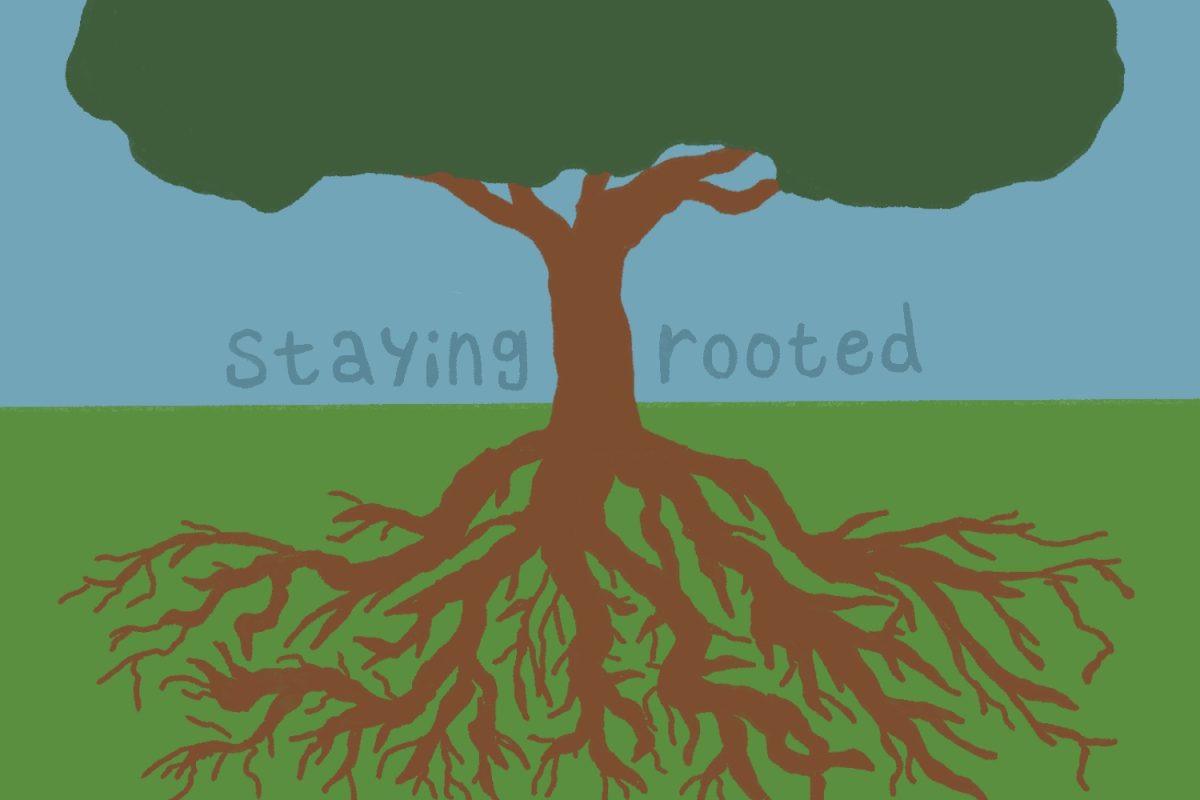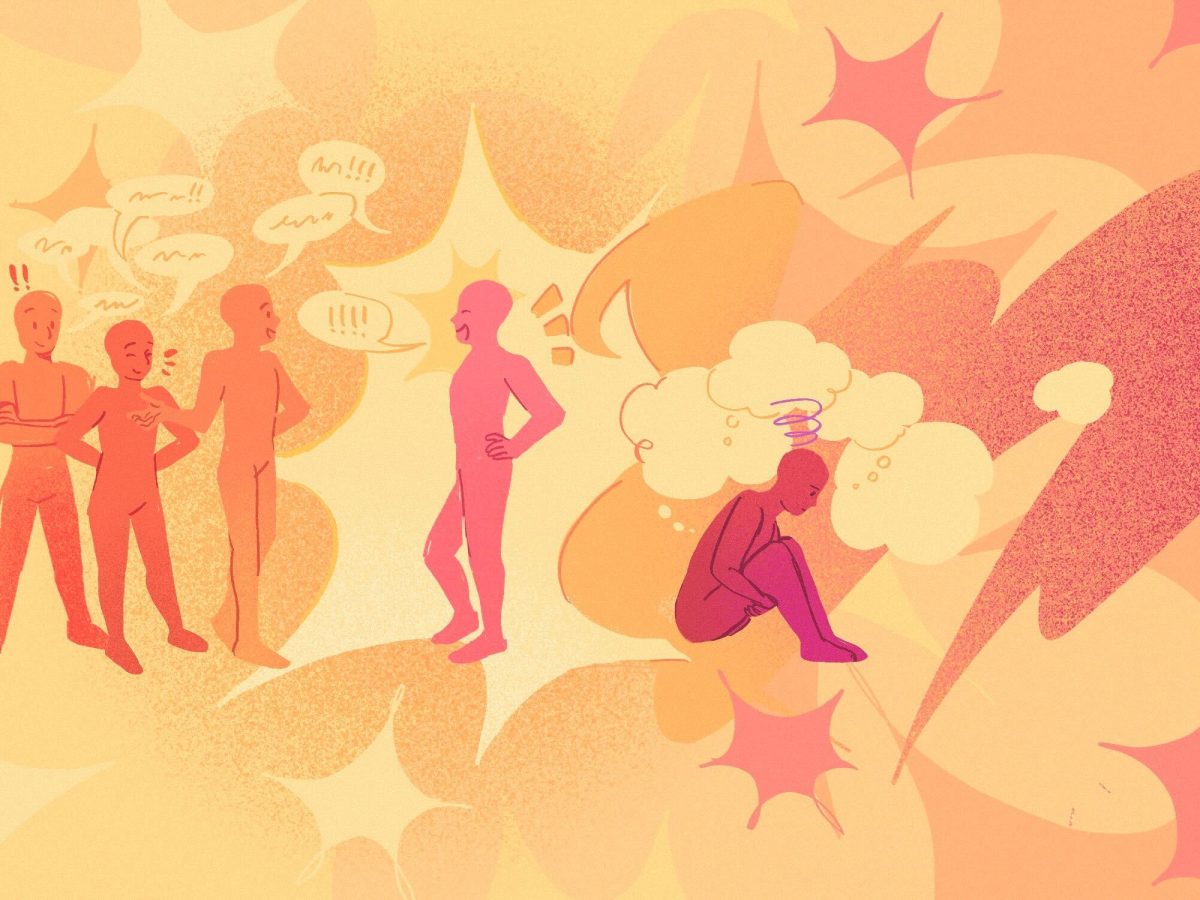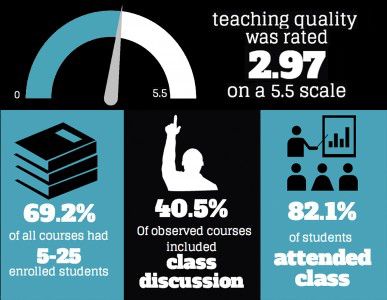
While American schools such as Boston University are often touted for their superior academic quality, a new study found the rigor of many U.S. institutions may not be up to par with their reputations.
“The most important piece is the idea that we want to look at the teaching at a college level and ask serious questions about how it impacts students and their learning,” said Evangeline Harris Stefanakis, a professor at BU’s School of Education. “We’ve ignored the topic for a while.”
Conducted by a group of professors at the Teachers College at Columbia University, the study explored the education value of American universities by investigating the classroom dynamics of two selective research institutions.
“The purpose of our study is to find a better way to measure educational quality that focuses on the educational core of colleges — teaching and learning — instead of resources and reputation,” said Corbin Campbell, a professor at Columbia who conducted the study. “Instead of a standardized test or a single self-report survey, let’s get inside the classroom and the curriculum and watch the educational processes in action.”
While the study acknowledged the strengths of the surveyed schools’ academia, research found that colleges were weak in the areas of teaching superiority and difficulty of curriculum, Campbell said.
“The overall impression of academic rigor and teaching quality was lukewarm,” she said. “Not as dire as ‘academically adrift’ would suggest. We can safely say that there are strong educational processes happening at these institutions. At the same time … we found ways that these institutions were not fully maximizing their educational capacity.”
Campbell said the study’s results signify the need of universities to place greater emphasis on in-class participation as well as engaging students in the learning environment.
“This may include, more often, tying participation to a portion of the overall grade,” she said. “Also, even though instructors were effective in orchestrating subject matter ideas in great depth, there still needs to be work done on understanding students’ prior knowledge and in supporting cognitive and emotional features of students’ learning.”
The underlying issues of higher education quality could be attributed to the corporatization of universities, rendering them less oriented to fostering scholarship in their students, Stefanakis said.
“When you look at the scale of some large universities, including BU, they’re able to provide more material because they’ve got all these different schools and quite a diverse opportunity to learn,” she said. “… However, because a school this big, it’s very difficult for the leader to monitor and support young people who are trying to learn how to teach.”
Stefanakis said professors should place an emphasis on pinpointing ways to personalize large classes by allowing more time for small group discussions.
“If the goal is to get students to learn, that means we have to come up with other ways to engage them,” she said. “If they’re in large classes, it means more breakdowns into smaller discussion groups.”
Alexandre Laurent, a College of Arts and Sciences freshman, said although large class sizes make learning difficult, small group discussions can remedy the issue.
“It depends on if there is a discussion involved,” Laurent said. “If there are a lot of people, it could be a problem, but the smaller discussions help people to focus more than the big lectures.”
Rachael Edelson, a Sargent College of Rehabilitation Sciences sophomore, said although teachers do provide one-on-one attention, students are responsible for enhancing their own learning experiences.
“All the classes I’ve been in gave me the opportunity to get that one-on-one experience with office hours and Teaching Fellows,” she said. “I’m taking a lot of big science classes and there’s a lot of responsibility on you to do the work yourself and ask your own questions.”










